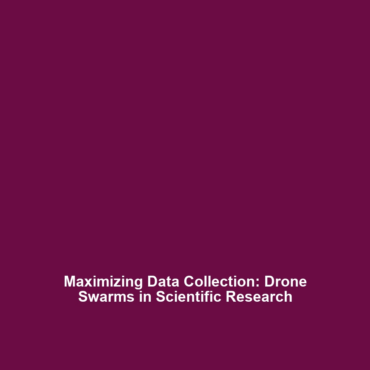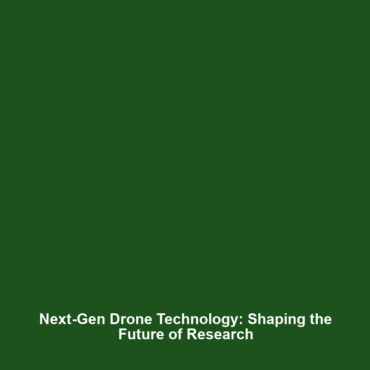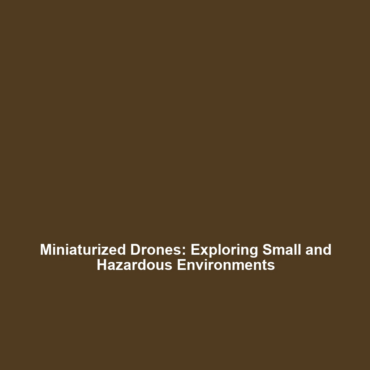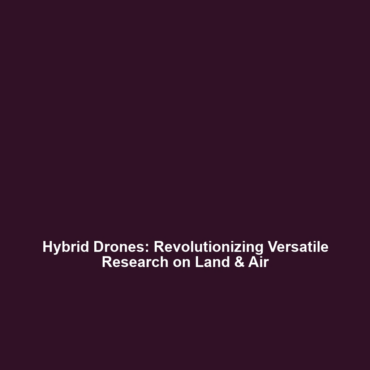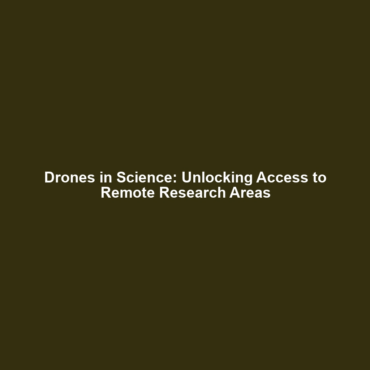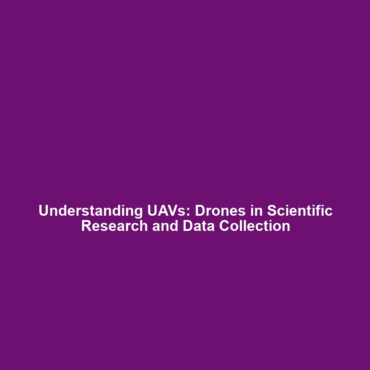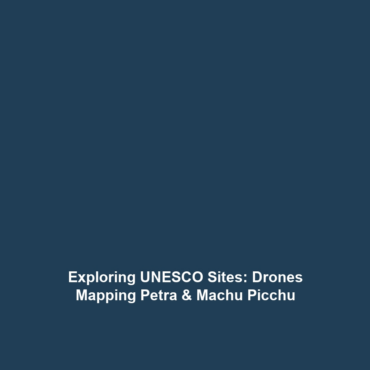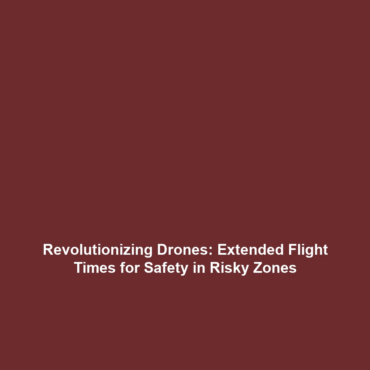Case Studies of Robots Like Boston Dynamics’ Atlas: Engineering Humanoid Robots
Introduction
Boston Dynamics’ Atlas is a pioneering example of humanoid robots that exhibit remarkable abilities to walk, run, and jump with extraordinary precision and agility. These capabilities are not merely feats of engineering; they signify a major leap forward in robotics technology. Understanding the case studies of robots like Atlas reveals not only the intricate engineering involved but also its implications within the realm of humanoid robots.As we delve into the mechanics behind Atlas, we will explore its importance in future robotic applications and our interaction with artificial intelligence.
Key Concepts
Engineering Principles Behind Atlas
The engineering of Boston Dynamics’ Atlas involves multiple disciplines, including:
- Dynamic Gait Control: Utilizing sophisticated algorithms that allow the robot to maintain balance while walking or running over uneven terrain.
- Actuator Technology: Atlas employs advanced actuators that mimic human muscle movements, facilitating quick and fluid motion.
- Sensor Fusion: Combines inputs from various sensors to provide real-time data for decision-making.
Integration into Humanoid Robotics
Atlas is a significant case study in humanoid robotics as it embodies the goals of replicating human motion and capabilities closely. It serves as a testing ground for new technologies that could enhance the flexibility and versatility of future humanoid applications.
Applications and Real-World Uses
The case studies of Boston Dynamics’ Atlas demonstrate various applications of humanoid robots in everyday scenarios:
- Search and Rescue Operations: Atlas can navigate challenging environments, making it ideal for finding survivors in disaster scenarios.
- Industrial Automation: Its dexterity allows Atlas to assist in manufacturing tasks that require precision and adaptability.
- Research and Development: Provides valuable data and insights into robot mobility and adaptability for other robotic designs.
Current Challenges
Despite advancements, there are several challenges with humanoid robots like Atlas:
- High production costs and materials required for sophisticated components.
- Limitations in battery technology impacting operational lifespan.
- Need for extensive training data to improve machine learning algorithms.
Future Research and Innovations
The future of humanoid robots like Boston Dynamics’ Atlas is poised for exciting advancements:
- Enhanced Machine Learning: A focus on improving algorithms for better decision-making and adaptability.
- Battery Technology Improvements: Innovations could lead to more efficient power sources, extending operational time.
- Social Robotics: Researching how humanoid robots can interact more naturally with humans for collaborative tasks.
Conclusion
The case studies of robots like Boston Dynamics’ Atlas represent extraordinary achievements in engineering approaches enabling humanoid robots to walk, run, and jump. These technological advancements not only exemplify the current capabilities of robots but also set the stage for future developments in the field of humanoid robotics. As we continue to innovate, further exploration of robotics innovations and humanoid robotics is crucial. Engaging with these topics will offer insights into the future of human-robot interaction and technological evolution, prompting a world where humans and robots work together more efficiently.

